Williams Piano Company
Richard Williams began The Williams Piano Co. operations in Toronto in 1849. In 1888, the Williams firm purchased the former home of the Joseph Hall Works and began renovating the building for the manufacture of pianos and organs.
The building was originally constructed in 1852 and was initially used by the Oshawa Manufacturing Company. The factory, a three storey brick building, occupied an entire town block on Richmond Street. Williams spent more than $40,000 adapting the facilities for the production of pianos. To this end, the buildings were re-roofed with slate, new hardwood floors were laid, and new buildings constructed. All of this retrofitting and new construction turned the former Hall Works into a building with enough floor space for what was the largest piano works in Canada. The company’s total floor space was approximately 100,000 square feet. In 1890, the new Williams Piano Factory began producing pianos and organs. The company was also located at other locations, such as the lumber yard and some other smaller buildings in Oshawa. Only this part of the business moved to Oshawa, as the centre of the business remained in Toronto. Smaller instruments such as guitars and banjos continued to be manufactured in Toronto.
The Town of Oshawa granted Williams $20,000 in ten annual installments as an inducement to move the plant to Oshawa. The Town also granted the new firm a fixed taxation rate of $250 per year for a number of years. Once in Oshawa, the newly acquired space allowed the firm to manufacture its first large church organ. This first organ was constructed for a church in Brighton and consisted of more than 100 pipes.
The company was reorganized in 1902, and the piano was revised. The piano was adjusted in scale, touch, case-design, acoustic, and tone. It took ten weeks to three months to make one piano. The company constructed its pianos to “the highest degree of excellence in every detail of workmanship” and the quality of its product determined its success. The ‘New Scale Williams Piano’ and ‘Player Piano’ soon became one of the world’s most demanded products.
In 1903 after much hard work, Mr. R.S. Williams became ill and sold his business. The company was renamed “Williams Piano Company.” The president of the company was Fredrick Bull, and the vice-president was E.C. Scythes. The factory was huge and prosperous by the year 1911 and employed 250 skilled workers. The company produced approximately 3,000 pianos/player pianos annually.
After the creation of the victrola in 1926, many people found records to be more convenient and popular than pianos. The Williams factory was forced into the radio business. After three years, the company became the seventh largest manufacturer. The Williams Piano Factory even widened its horizons in order to build canoes and row boats. The company was branching out, and business was great. People from foreign countries wanted a Williams Piano, and the company exported their product on a regular basis. The Williams Piano was well known all over Canada, from coast to coast, and overseas.
The company prospered and began to construct 4,000 pianos per annum. The company was shipping pianos to seven different countries. The Williams Piano was also displayed in an exhibit at the Wembley Exhibition in London, England in 1926. In 1927, one hundred and thirty-five men worked for the company and payroll hit a high of $200,000 a year. At this time, the company was prosperous, but it did not last forever.
The successful company that was known to so many individuals all over the world was required to change with the times. Unfortunately, both the depression and mass production of the neutrodyne radio contributed to the demise of the company. After the closure of this company many other businesses occupied the premises including: Cole of California; Sklar Furniture; and, Coulter Manufacturing Company. The building even acted as a barracks during the war years.
The building was torn down in 1970 in order to make room for the Durham Region Police Headquarters and the Oshawa Times.
*of note, the 1923 City Directory has the address as 30 Duke Street. Duke Street was renamed Richmond Street West in later years.

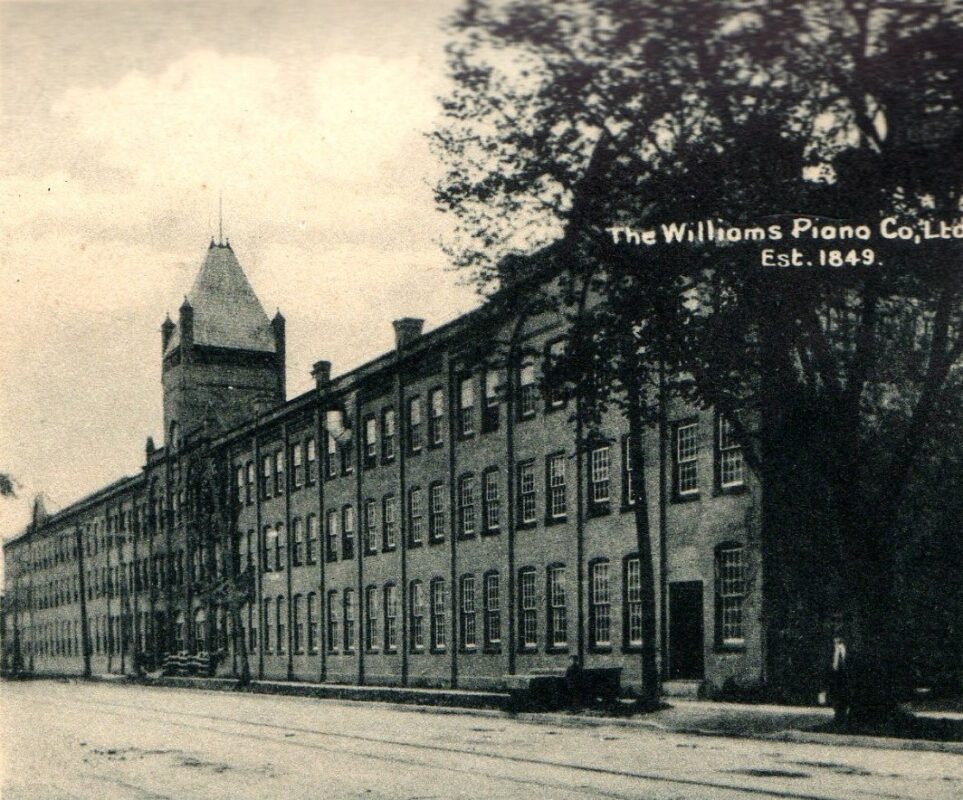
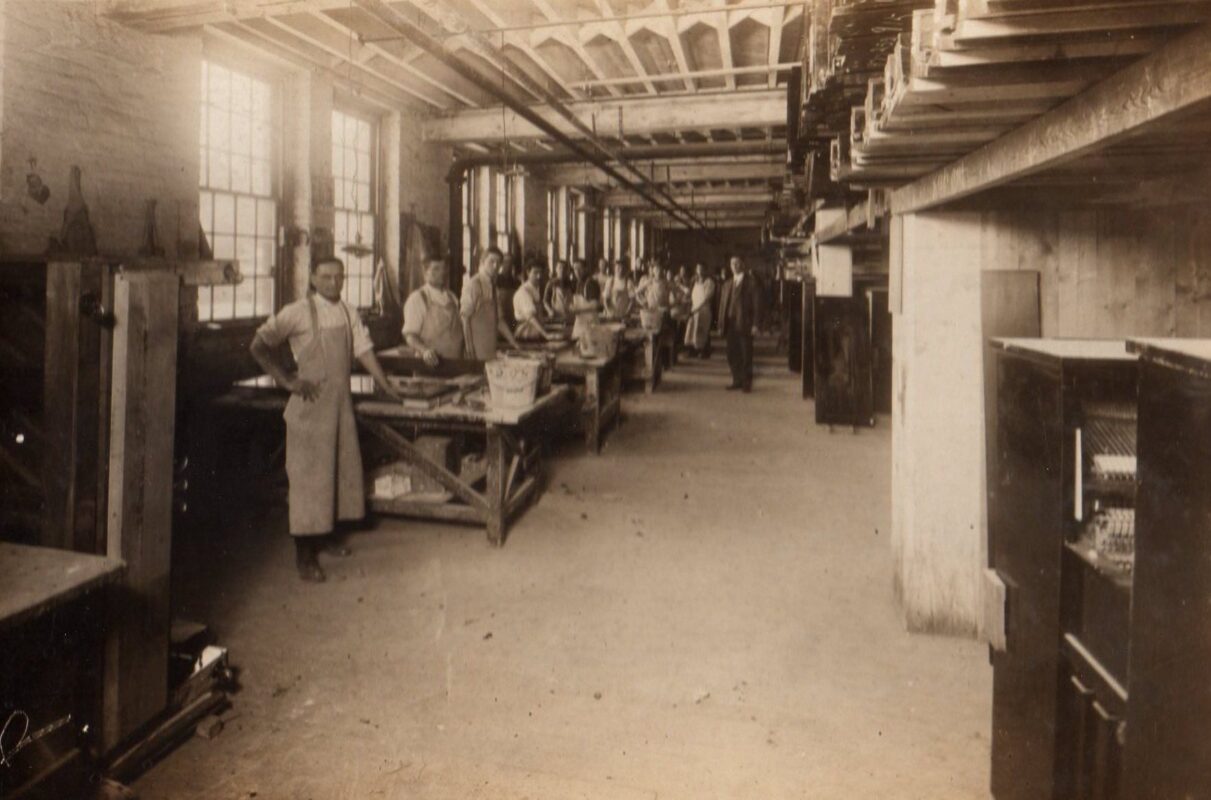
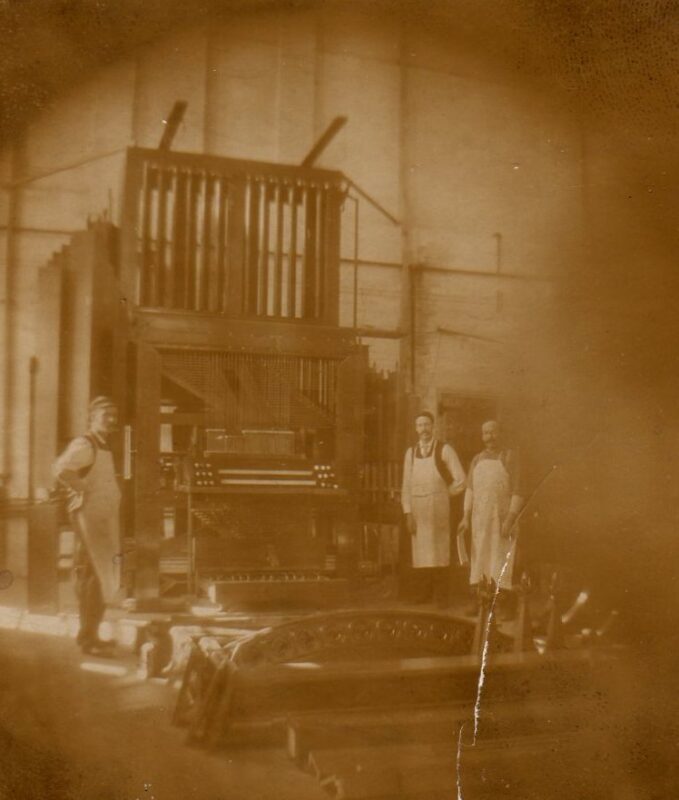
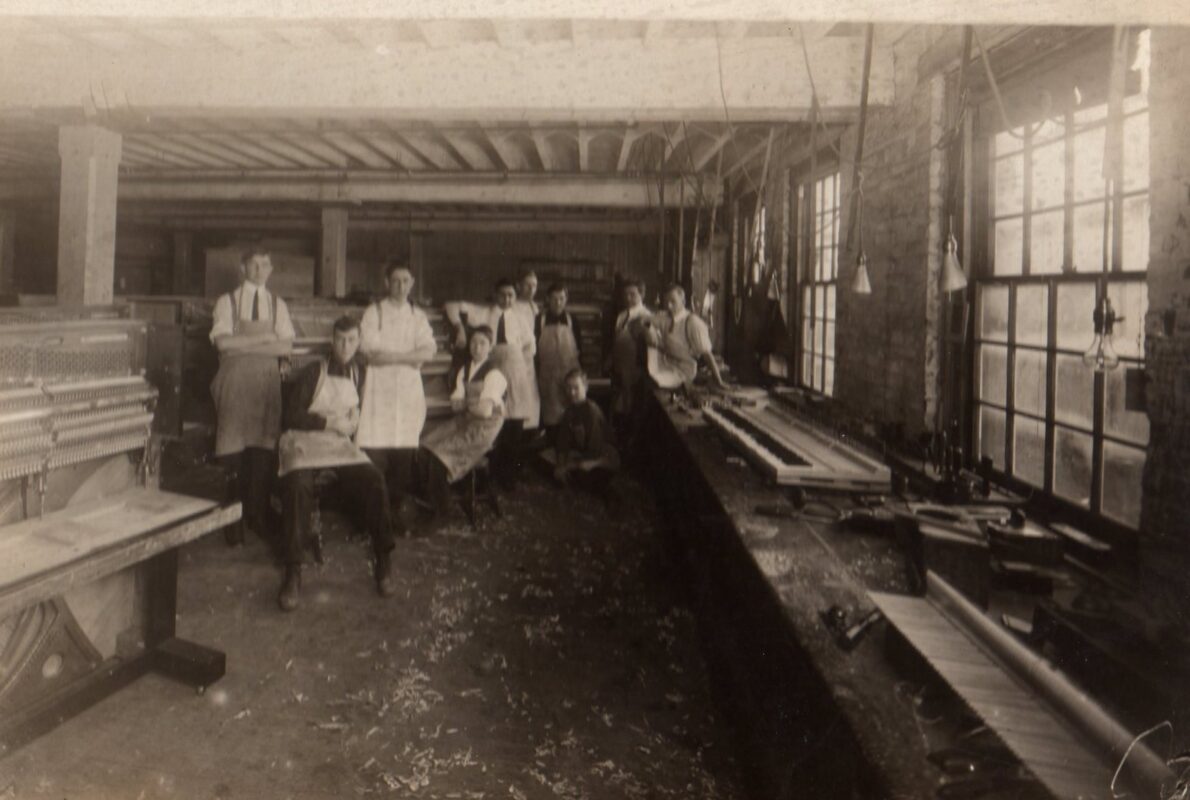

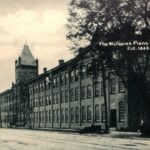
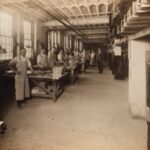
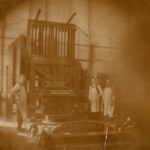
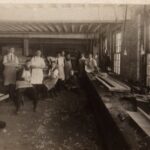
World Famous Manufacturer Created Employment in Oshawa
This is a well-researched and well-written article. My Great-Grandfather, Grandfather, and Great-Uncles all worked there. We lived on Church Street (now Centre), so it was convenient for the men. Even Col. Sam McLaughlin had a Williams piano.
There was hardly a day when we didn’t walk past the old building on the way to or from downtown. Following the Second World War, the north side of this building was home to the Canadian Corps. On summer nights with the windows open, I could hear the veterans singing.
Thanks for sharing your stories
My Great Grandfather Fredrick Bull
My name is Eric Crowell and I am the great grand son of Fredrick Bull the President of Williams Pianos and I am look for family history about my great grandfather Fredrick Bull. I am also an owner of an RS Williams piano and I am a piano player. If you can help me learn about my Great Grandfather please send me an email at eric.c.crowell@gmail.com
Thank-you in advance for your support to this website.
Hi Eric,
Thanks for reading! I’ve researched Frederick Bull in the past as he is included on two of our cemetery tours. From what I remember, I don’t believe we have much in our archives about him, but if you’d like to reach out to our archivist, her name is Jennifer, and you can email her at archivist@oshawamuseum.org
Thanks!
Lisa Terech, Community Engagement
where can find value of my piano?
I have an old piano serial number 20241.
Nobody play the piano for many years ago.
I try to found the value of it.
I have a beautifully maintained Williams Piano
I have a Williams piano in excellent condition. I estimate it to be approximately from the 1930’s. It is time to let it go now, and am wondering what monetary value would be reasonable as a selling price. Would you be able to help with this? I am not sure if this is the appropriate site to ask about this.
Kind regards
Melody
Thanks for reaching out. We are not appraisers and cannot provide a monetary value to items. Best of luck!
Great
We have a beautiful Williams piano. Serial 15547. Wondering what year it is. Just had it tuned today. mapleview6@gmail.com. Bob Sohm.
We may have resources at the archives to help with dating your piano. If you’d like more info, please contact our archivist, Jennifer. Her email is archivist@oshawamuseum.org
Superbe piano
Je viens de découvrir que le magnifique piano New Scale Williams que m’a offert notre fille pour Noël dernier date de 1907 et a une très belle valeur pour la qualité du son…
référence: http://www.allisonpiano.bc.ca/gallery.php?piano=116
J’ai repris l’apprentissage à 79 ans et j’adore…